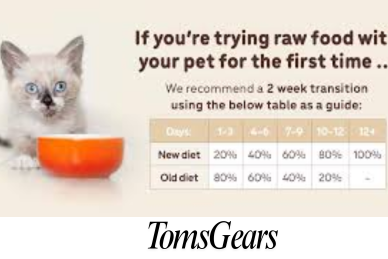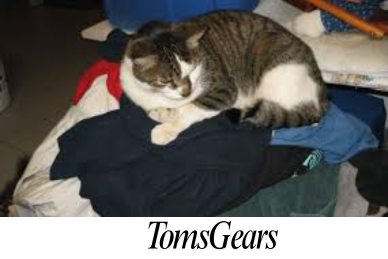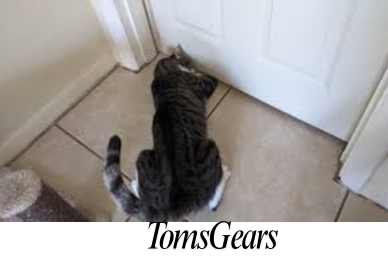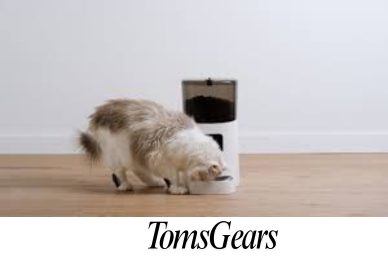How to Tell if a Kitten is Going to Be a Lap Cat?
Have you ever wondered if that adorable ball of fur you’re considering adopting will grow up to be a cuddly companion? Studies have shown that owning a lap cat can reduce stress levels by up to 30% and lower blood pressure by an average of 5 mmHg. This article will guide you through the signs and behaviors that can help you determine if a kitten is likely to become a cherished lap cat.
What Exactly Are Lap Cats
A lap cat is more than just a feline that occasionally sits on your lap. These affectionate creatures actively seek out human companionship, often preferring to snuggle up close for extended periods. They’re known for their gentle nature, frequent purring, and desire for physical contact with their human family members.
The benefits of owning a lap cat extend beyond mere companionship. These furry friends provide emotional support, helping to alleviate feelings of loneliness and anxiety. Their presence can be particularly soothing after a long, stressful day, offering a calming influence that many find invaluable.
What Determines If A Cat Is Going to Be a Lap Cat or Not
Genetic Predisposition
While individual personalities vary, certain cat breeds are more predisposed to lap cat behavior. Persians, Ragdolls, Burmese, and Maine Coons are often cited as breeds with a higher likelihood of enjoying lap time. However, it’s important to remember that genetics is just one piece of the puzzle.
Early Socialization
The critical socialization period for kittens occurs between 2 to 7 weeks of age. During this time, positive interactions with humans can significantly increase a kitten’s likelihood of enjoying human companionship later in life. Kittens that receive gentle handling, petting, and playtime with humans during this period are more likely to seek out similar interactions as adults.
Environmental Factors
A kitten’s environment plays a crucial role in shaping its personality. Those raised in nurturing homes with plenty of positive human interaction are more likely to develop into affectionate adults. The influence of the mother cat and littermates also contributes to a kitten’s socialization and comfort with physical contact.
Which Behavior Indicates if A Cat is Going to Be a Lap Cat
When trying to determine if a kitten will become a lap cat, pay close attention to these behaviors:
- Seeking human attention: Does the kitten approach you readily?
- Response to being held: Does it relax when picked up or struggle to get away?
- Purring and kneading: These are signs of contentment and often indicate a predisposition to affectionate behavior.
- Sleeping habits: Kittens that seek out warm, close sleeping spots may be more inclined to cuddle as adults.
- Playfulness: Gentle play and interest in interactive games can indicate a kitten’s comfort with human interaction.
Confident kittens that explore their surroundings without fear while still checking in with their human companions are often good candidates for becoming lap cats.
Kitten Body Language that Indicates Lap Potential
Understanding a kitten’s body language can provide valuable insights into its potential as a lap cat:
Tail Position
A relaxed, gently swaying tail often indicates contentment, while a tail held high with a slight curve at the tip can signal a friendly, confident kitten. Conversely, a tucked or thrashing tail may suggest fear or overstimulation.
Eye Contact
Kittens that make gentle eye contact and offer slow blinks are displaying trust and affection. This “cat kiss” is a good sign that the kitten may enjoy close contact with humans.
Vocalizations
Pay attention to the sounds a kitten makes. Soft chirps, trills, and purrs are generally positive signs. A kitten that purrs when petted or even when you simply approach is likely to enjoy physical affection.
How to Encourage Lap Cat Behavior
While some kittens naturally gravitate towards lap cat behavior, others may need gentle encouragement. Use positive reinforcement techniques, such as treats and praise, when the kitten shows affectionate behavior. Create a comfortable environment with cozy spots for cuddling, and always respect the kitten’s boundaries to build trust.
Signs a Kitten May Not Become a Lap Cat
Not all kittens will grow into lap cats, and that’s perfectly okay. Signs that a kitten may prefer a more independent lifestyle include:
- Consistently avoiding physical contact
- Showing signs of stress when held
- Preferring to play or explore alone rather than interact with humans
Remember, these behaviors don’t mean the kitten won’t be affectionate in its own way; it may just express love differently.
Wrapping Up
While there’s no guaranteed way to predict if a kitten will become a lap cat, understanding feline behavior and paying attention to early signs can help increase the likelihood of finding your perfect cuddly companion. Remember, every cat is an individual, and the bond you form with your feline friend is unique and special, regardless of whether they become a traditional lap cat or not.
Key Takeaways:
- Early socialization is crucial for developing lap cat tendencies
- Observe the kitten’s behavior, body language, and interactions with humans
- Genetics play a role, but environment and individual personality are equally important
- Patience and positive reinforcement can encourage lap cat behavior
- Consider adopting an adult cat if you’re looking for more certainty in personality traits
By keeping these factors in mind and approaching the process with patience and understanding, you’ll be well-equipped to find a feline companion that matches your desire for a cuddly lap cat.






